2025 Top 10 Container Room Innovations You Can't Miss
As we dive into the future of architecture and design, container rooms are emerging as a groundbreaking solution that combines functionality, sustainability, and aesthetic appeal. In 2025, the world is set to experience a surge in innovative container room concepts that promise to redefine the living and working spaces we inhabit. This transformation is not merely about reusing shipping containers; it’s about reimagining them as modern havens that cater to diverse lifestyles and needs.
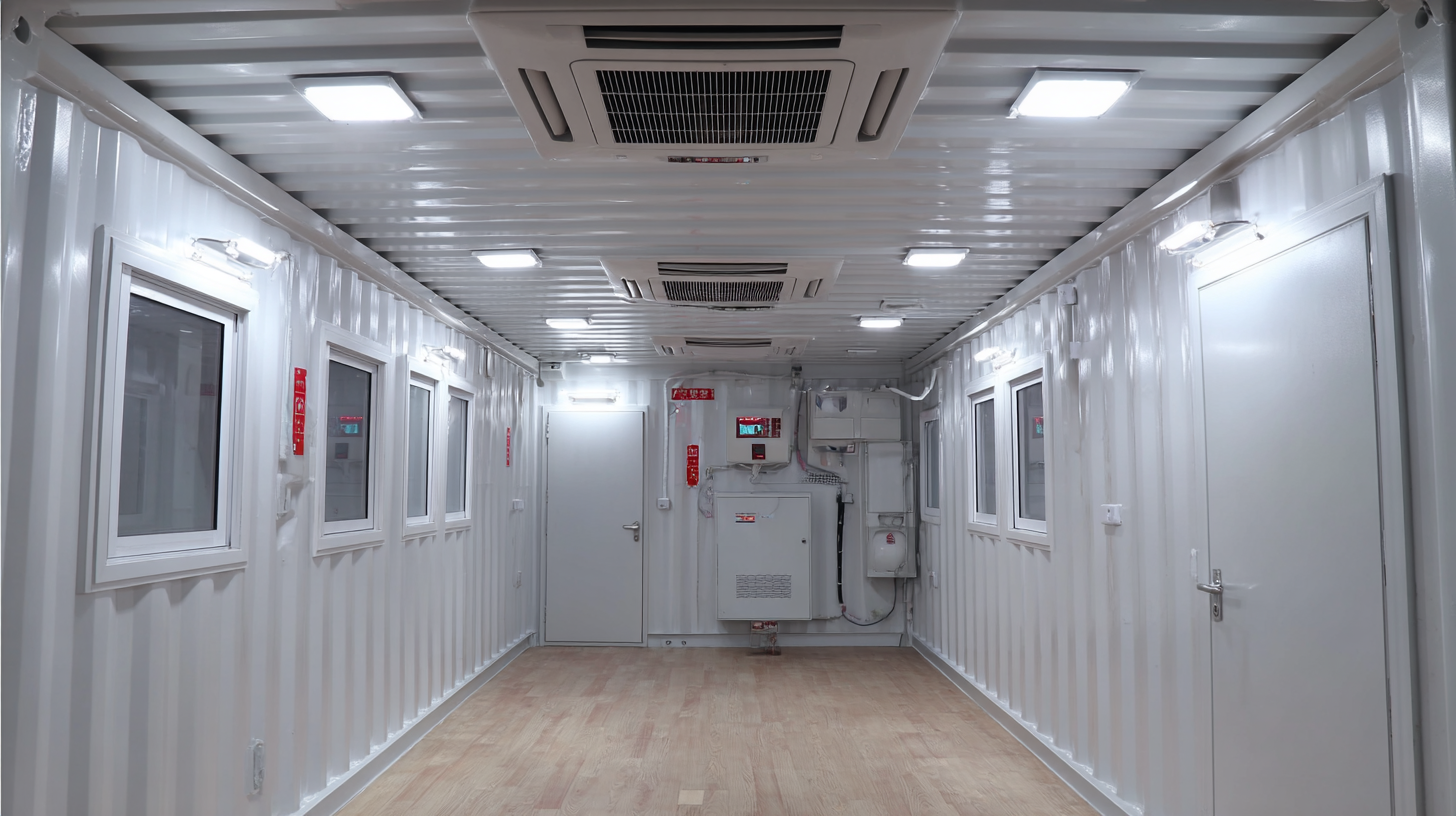
This article will explore the top 10 container room innovations you can't miss in 2025, showcasing how creative minds are pushing the limits of design and sustainability. From multifunctional spaces that adapt to various uses to eco-friendly features integrating renewable energy sources, these container room innovations exemplify the potential of repurposing materials while maintaining a contemporary aesthetic. Whether you are an architect, a homeowner, or simply an enthusiast of innovative living solutions, this exploration will provide inspiration and insight into the future of container rooms. Join us as we unveil the most exciting developments that are set to shape our environments and influence how we experience space in the years to come.
Revolutionary Smart Storage Solutions for Container Rooms in 2025
As we approach 2025, the evolution of container room storage solutions promises a range of innovative products designed to enhance efficiency and practicality. One significant trend is the rise of smart storage systems, which leverage Internet of Things (IoT) technology to optimize space utilization. According to a report by Mordor Intelligence, the smart storage market is expected to grow by 15% annually, reflecting the increasing demand for innovative, automated solutions in various sectors, including warehousing and shipping.
Among the breakthroughs to look out for are modular shelving systems equipped with sensors that monitor inventory levels in real-time. These systems not only help in tracking stock but also automatically alert users when supplies are running low, thereby streamlining logistics. Furthermore, innovative companies are integrating AI-powered algorithms to analyze usage patterns, enabling container room managers to make data-driven decisions on storage configurations. This level of automation and analytics is expected to reduce operational costs by up to 30%, making smart storage not just a luxury but a necessity in efficient container management.
2025 Top 10 Container Room Innovations You Can't Miss
Sustainable Materials: Eco-Friendly Innovations for Modern Container Spaces
In recent years, the demand for sustainable living solutions has surged, compelling innovators to rethink traditional container room designs. The focus on eco-friendly materials is reshaping modern container spaces, offering a plethora of options that prioritize both functionality and environmental responsibility. Recycled steel and eco-cement are leading the way, providing durability while minimizing the carbon footprint associated with construction. These materials not only enhance the structural integrity of container homes but also align with the growing movement toward sustainable architecture.
In addition to foundational materials, interior innovations are emerging that promote sustainability from within. Bamboo, known for its rapid regrowth and strength, is becoming a favorite for flooring and cabinetry. Moreover, the incorporation of solar panels and energy-efficient appliances is transforming container spaces into self-sufficient habitats. With water-saving fixtures and natural ventilation strategies, these designs maximize resource efficiency, making container living a viable option for eco-conscious dwellers. The blend of sustainable materials and innovative technologies ensures that container rooms not only meet modern aesthetic demands but also contribute positively to the environment.
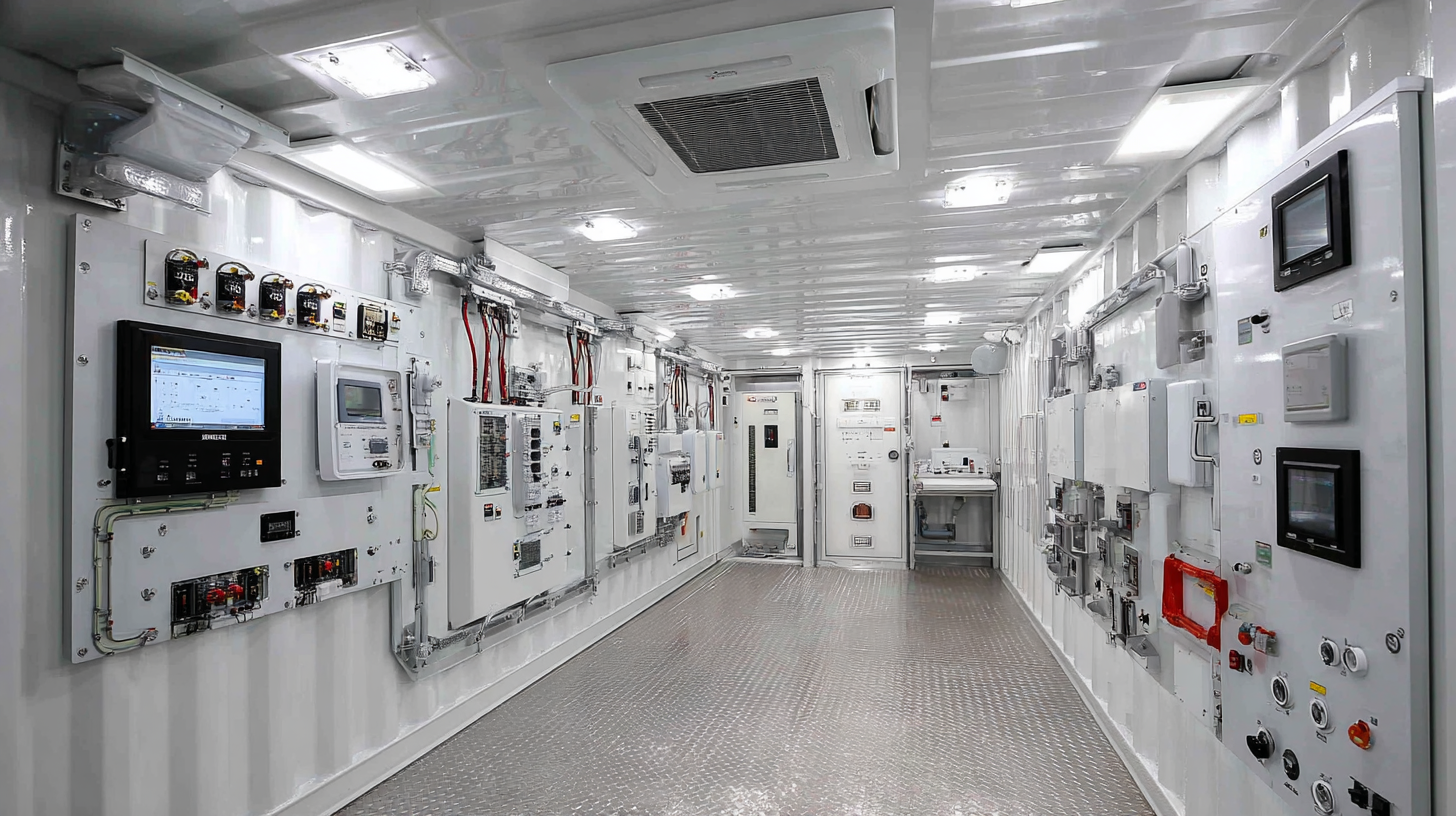
Modular Design Concepts Transforming Container Room Functionality
Modular design concepts are transforming the functionality of container rooms, paving the way for innovative solutions tailored to meet various needs. The latest advancements in foldable container housing demonstrate an impressive blend of flexibility and efficiency, allowing for quick assembly and adaptable layouts that cater to changing requirements. These structures can be easily transported and reconfigured, making them ideal for uses ranging from emergency housing to adaptable office spaces.
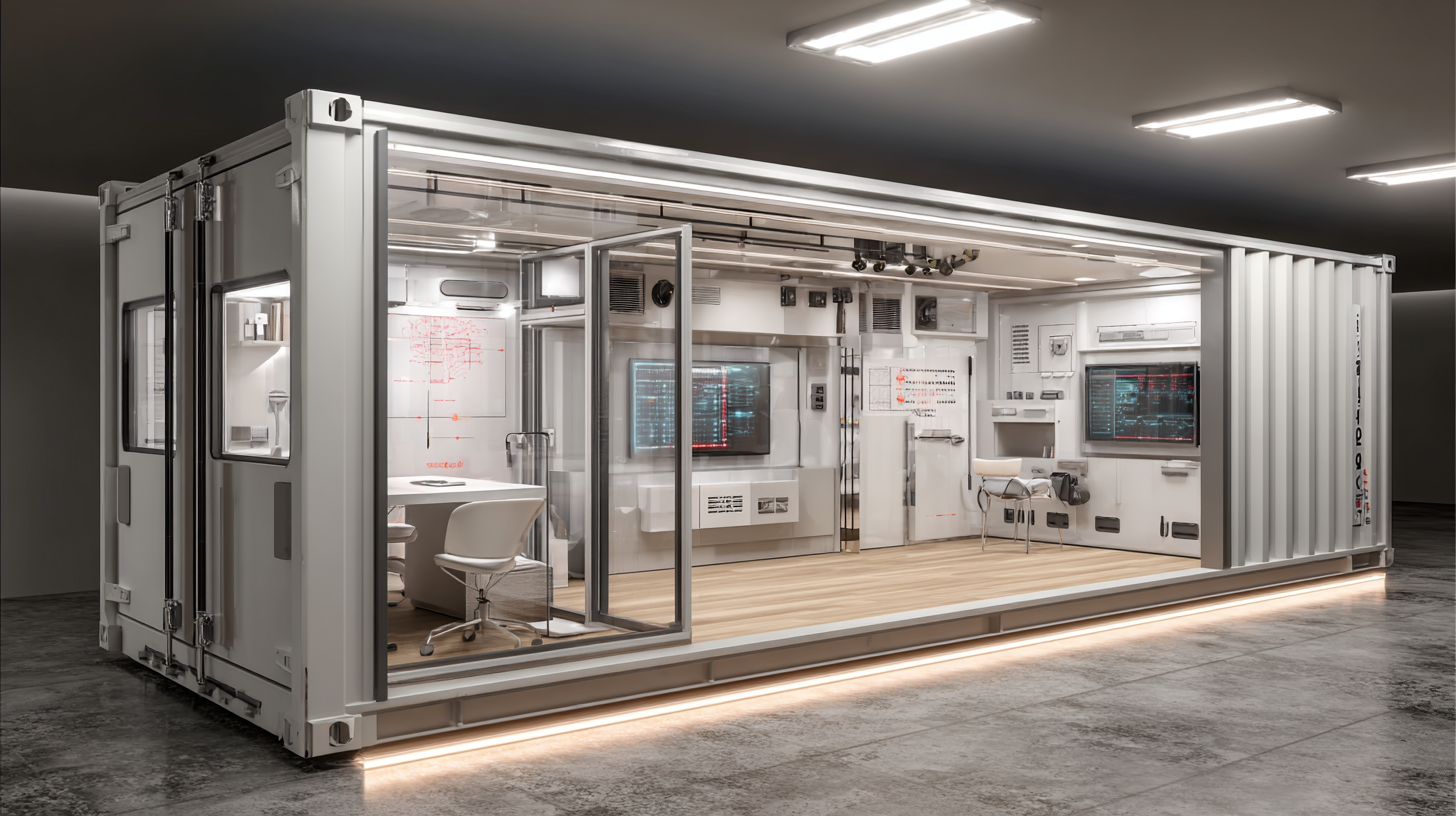
As we move towards a more sustainable future, container homes are becoming increasingly popular due to their cost-effectiveness and innovative design. Flat pack container houses are emerging as commercial spaces that provide affordable solutions without sacrificing style or functionality. The integration of smart technology in these modular buildings enhances livability and efficiency, further promoting the development of smarter cities.
The evolution of modular designs signifies a pivotal shift, offering practical and modern housing solutions that fundamentally change the way we think about residential and commercial spaces in urban environments.
Advanced Climate Control Systems for Enhanced Comfort in Container Rooms
As we transition into 2025, innovations in container room designs are set to enhance livability and comfort significantly, particularly through advanced climate control systems. These systems are not just an aesthetic upgrade; they represent a vital evolution in the functionality of portable living spaces. According to a recent report by Grand View Research, the global portable building market is expected to reach $79.3 billion by 2025, driven largely by advancements in environmental comfort technologies designed for container rooms.
One of the standout innovations is the integration of smart thermoregulation systems, which utilize IoT technology to adaptively manage temperature and humidity levels within container rooms. By employing sensors that track real-time indoor conditions, these systems can optimize energy consumption, leading to energy efficiency improvements of up to 30% according to the Energy Efficiency Partnerships report. This not only enhances comfort for occupants but also significantly reduces operational costs, making container rooms more appealing for both residential and commercial uses.
Additionally, the introduction of sustainable materials in conjunction with advanced climate controls allows container rooms to maintain optimal internal conditions without a heavy environmental footprint. Research from the International Journal of Refrigeration indicates that employing eco-friendly insulation materials combined with energy-efficient climate control systems can lower carbon emissions by an estimated 25%. As container rooms continue to adapt to modern demands, these innovations highlight the importance of marrying sustainability with advanced technology for superior living experiences.
2025 Top 10 Container Room Innovations You Can't Miss
| Innovation | Description | Benefits | Estimated Cost | Deployment Year |
|---|---|---|---|---|
| Smart Temperature Regulation | Automated system adjusting temperature based on occupancy. | Enhances comfort and energy efficiency. | $1,200 | 2025 |
| Humidity Control Units | Devices that manage moisture levels in container rooms. | Prevents mold and improves air quality. | $800 | 2025 |
| Solar-Powered Cooling | Cooling systems powered by solar energy. | Reduces reliance on electrical grid. | $2,500 | 2025 |
| Heat Recovery Ventilation | System that recycles indoor air heat to pre-condition incoming air. | Increases energy efficiency. | $1,500 | 2025 |
| IoT-Integrated Climate Sensors | Sensors that monitor and adjust climate conditions through IoT. | Real-time monitoring and adjustments. | $900 | 2025 |
| Modular Insulation Systems | Insulation designed for quick installation and adaption. | Improves thermal resistance. | $1,000 | 2025 |
| Smart Glass Windows | Windows that change tint based on sunlight intensity. | Reduces heat gain and glare. | $1,800 | 2025 |
| Automated Air Purifiers | Devices that automatically purify air quality. | Improves health and comfort. | $750 | 2025 |
| Remote Climate Monitoring | System for monitoring and managing climate remotely. | Convenience and proactive adjustments. | $1,200 | 2025 |
Integrating Smart Technology: IoT Applications in Container Living Solutions
The integration of smart technology through Internet of Things (IoT) applications is revolutionizing container living solutions, making them more adaptable and efficient than ever before. One of the most compelling innovations is the use of smart sensors, which can monitor various environmental factors such as temperature, humidity, and air quality. These sensors not only enhance comfort but also significantly reduce energy consumption by intelligently managing heating, cooling, and ventilation systems based on real-time data.
Another notable advancement is the incorporation of automated home management systems. With a central hub that connects all IoT devices within a container unit, residents can control lighting, security, and appliances through their smartphones or voice-activated assistants. This level of convenience and connectivity allows for personalized living experiences, catering to individual preferences and lifestyles. As container living continues to gain popularity, the seamless blend of smart technology will likely drive further innovation, creating sustainable and efficient living environments that fulfill modern needs.
Related Posts
-
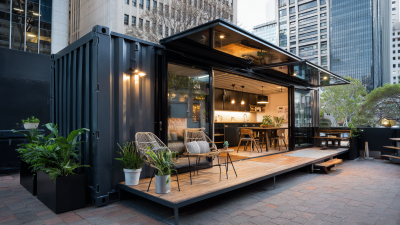
Transforming Spaces: Innovative Container Fitouts for Modern Living and Workspaces
-
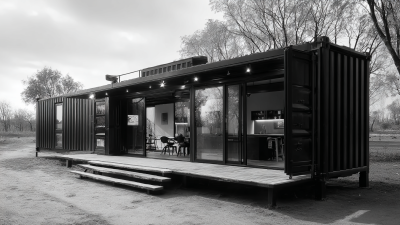
Exploring the Benefits of Sustainable Living with Converted Containers
-
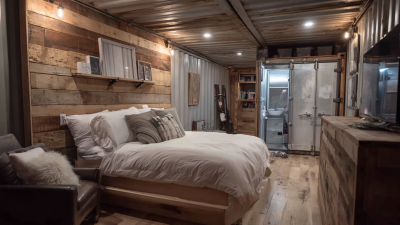
Innovative Ways to Transform Shipping Container Rooms into Sustainable Living Spaces
-

10 Best Container Living Ideas for Stylish and Sustainable Homes
-

Innovative Shipping Container Cottage Designs Transforming Sustainable Living Trends
-
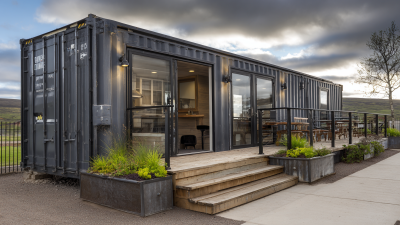
Exploring the Benefits of Sustainable Living in Shipping Containers
